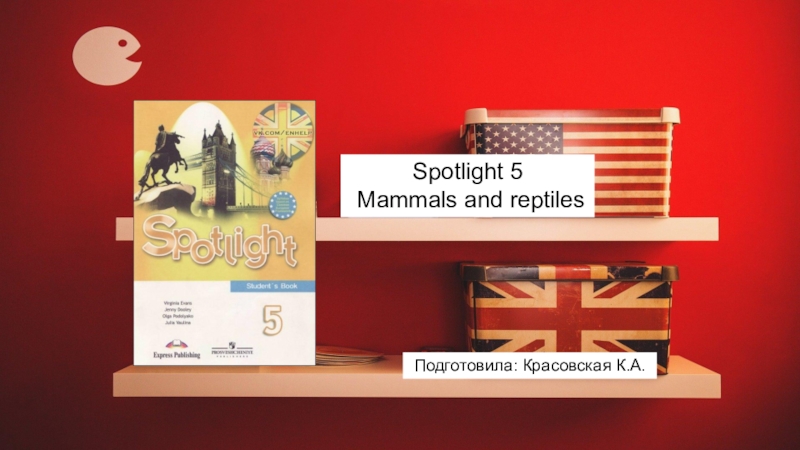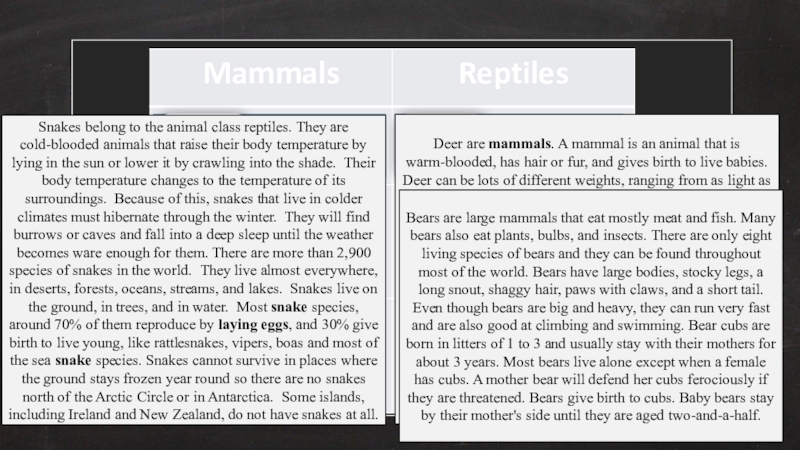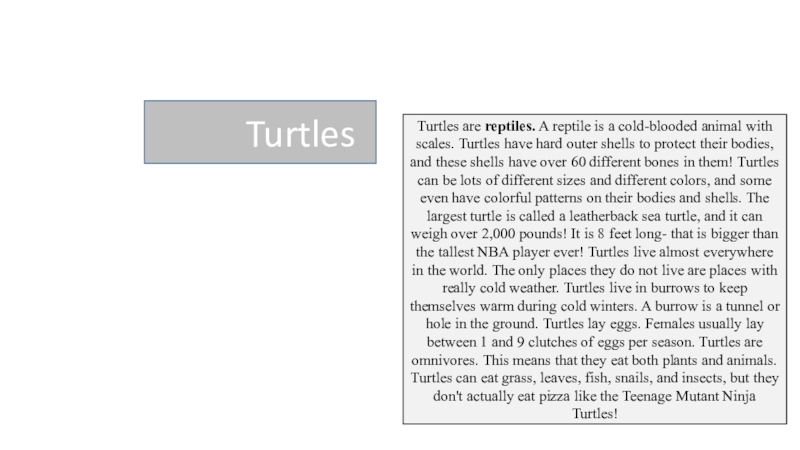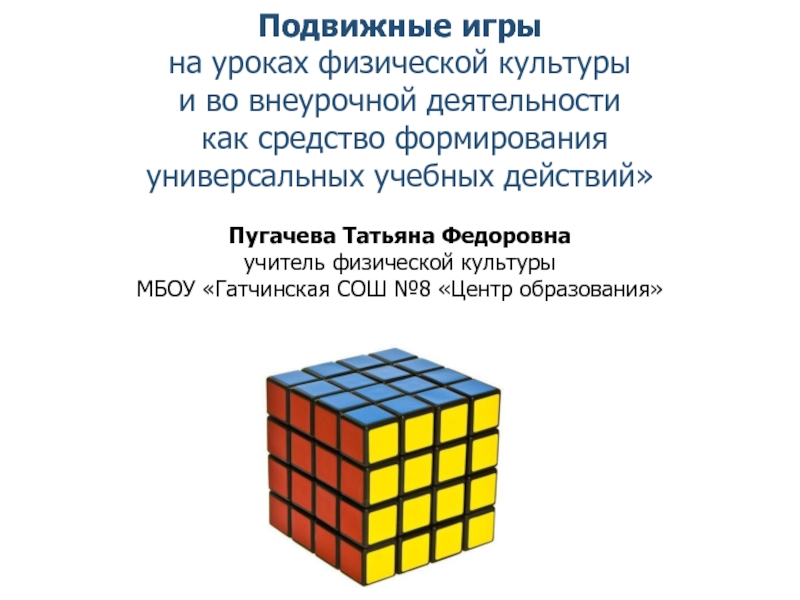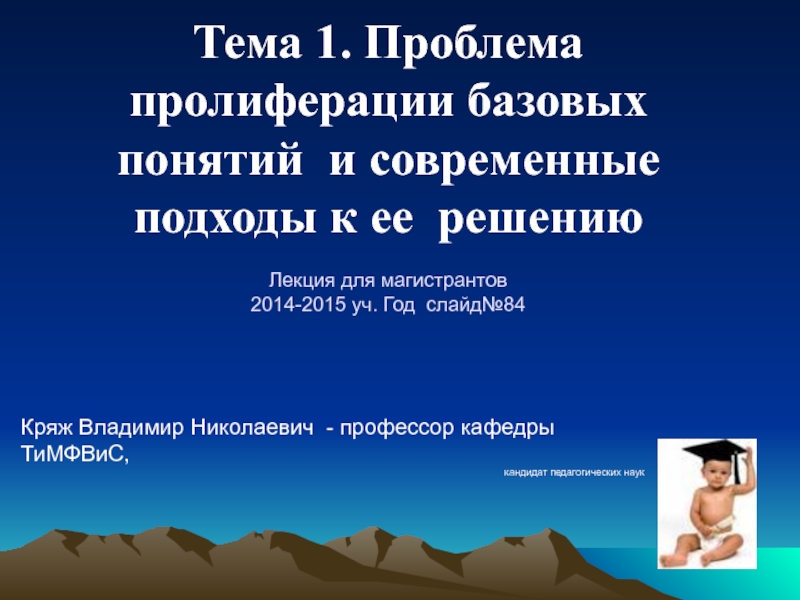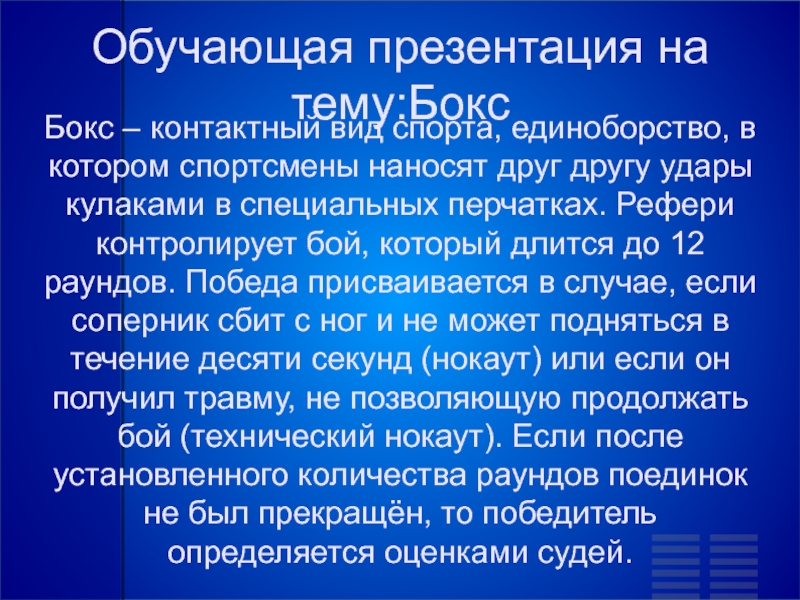are mammals. A mammal is an animal that is warm-blooded, has
hair or fur, and gives birth to live babies. Deer can be lots of different weights, ranging from as light as 15 pounds for the southern pudu deer to as heavy as 440 pounds for the red deer. That's as much as some pianos weigh! They have long legs that help them run fast, and they have hooves on their feet. Hooves are hard coverings over an animal's feet, and deer have two hooves on each foot. Male deer have antlers, or long bony parts, on top of their heads. They grow new antlers each year! Deer live in lots of different places in the world: Asia, Europe, North America, and South America. They usually live in or close to forests in small groups, called herds, with other deer. Deer sometimes even make beds for themselves out of plants! Deer are naturally herbivore. Bears
Bears are large mammals that eat mostly meat and fish. Many bears also eat plants, bulbs, and insects. There are only eight living species of bears and they can be found throughout most of the world. Bears have large bodies, stocky legs, a long snout, shaggy hair, paws with claws, and a short tail.
Even though bears are big and heavy, they can run very fast and are also good at climbing and swimming. Bear cubs are born in litters of 1 to 3 and usually stay with their mothers for about 3 years. Most bears live alone except when a female has cubs. A mother bear will defend her cubs ferociously if they are threatened. Bears give birth to cubs. Baby bears stay by their mother's side until they are aged two-and-a-half.
Snakes belong to the animal class reptiles. They are cold-blooded animals that raise their body temperature by lying in the sun or lower it by crawling into the shade. Their body temperature changes to the temperature of its surroundings. Because of this, snakes that live in colder climates must hibernate through the winter. They will find burrows or caves and fall into a deep sleep until the weather becomes ware enough for them. There are more than 2,900 species of snakes in the world. They live almost everywhere, in deserts, forests, oceans, streams, and lakes. Snakes live on the ground, in trees, and in water. Most snake species, around 70% of them reproduce by laying eggs, and 30% give birth to live young, like rattlesnakes, vipers, boas and most of the sea snake species. Snakes cannot survive in places where the ground stays frozen year round so there are no snakes north of the Arctic Circle or in Antarctica. Some islands, including Ireland and New Zealand, do not have snakes at all.
